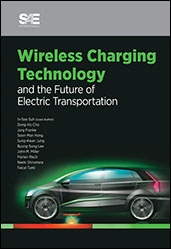Technical Paper
“Wetting” the Appetite of Spark Ignition Engines for Lean Combustion
1978-02-01
780234
Single-cylinder spark ignition engine experiments conducted at constant speed, fixed airflow, and using isooctane as the fuel, demonstrated the effects of fuel-air mixture preparation on lean operation. Mixture preparation was changed by varying the time of fuel injection in the induction manifold, near the intake valve port. For comparison, a prevaporized fuel-air mixture was also investigated. Emphasis was placed on determining the effects of mixture preparation on combustion characteristics. Based on the results from this study, the often favored prevaporized mixture of fuel and air may not be the best diet for lean engine operation.

